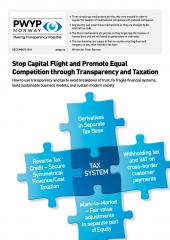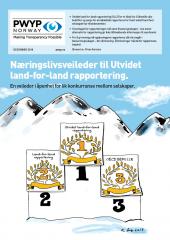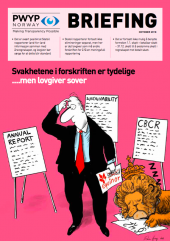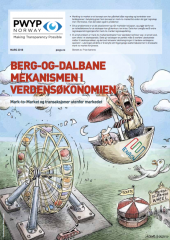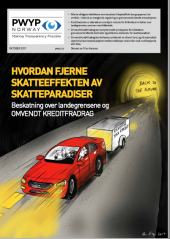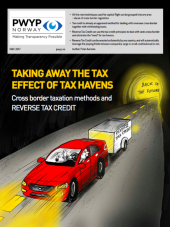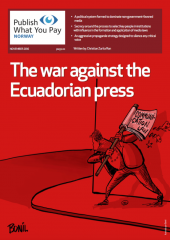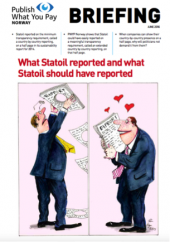Below is a collection of PWYP Norway’s publications, sorted by publication month. We welcome you to download our publications and background material, of course without any cost, but please quote us explicitly if you use any of our material in your work (”Title/PWYP Norway/http://www.publishwhatyoupay.no/publications”). The contributing illustrators and photographers have copyright to their material.


